If you’re looking for luxurious fabrics, then velvet and suede might be two of the first materials that come to mind. But what’s the difference between the two? Is there a difference in texture, feel, or price? In this article, we’ll break down some key differences between velvet and suede so you can make an informed decision for your next fabric purchase.
What Is Suede?

Suede is a type of leather that has been brushed and buffed to create a soft, textured surface. It’s usually made from the underside of animal hides, such as lambskin or goatskin. As a result, suede tends to be more delicate and prone to scratches than other types of leather. Suede usually has a napped finish and is more likely to show wear in high-traffic areas.[2]
What Is Velvet?
Velvet is a luxurious fabric made from silk, cotton, or synthetic fibers. It has a distinctive nap or pile that’s formed by weaving threads tightly together. The result is an ultra-smooth surface with a velvety feel. Velvet can be made in a variety of colors and textures, and it can be used to create clothing, upholstery, draperies, bedding, and other items.[1]
How To Distinguish Velvet Leather From Suede Leather?
One of the most common questions asked when it comes to velvet and suede is how to differentiate between the two materials. While both fabrics provide a luxurious feel and look, there are several differences that can help you distinguish one from the other.
The most notable difference between velvet and suede is in the appearance. Velvet fabric has a smooth, shiny surface and is usually made from cotton or synthetic fibers. On the other hand, suede fabric has a more matte finish and is created by brushing the nap of animal hide. It also tends to have a softer texture than velvet.
When it comes to durability, suede is typically more resilient than velvet due to its dense, tightly woven fibers. However, both materials can be prone to staining and wear and tear over time if not properly cared for.
To ensure that your velvet or suede fabric looks its best for many years to come, you should always follow the manufacturer’s care instructions. This includes vacuuming regularly to remove dust and dirt, spot treating stains with a mild detergent, and avoiding direct exposure to sunlight.[2]
Origins Of Velvet And Suede

Velvet and suede are both fabrics, but they have distinct origins. Velvet was first seen in the Middle East during the 14th century, made with silk or linen threads. Suede is a much more recent invention; it was created in England during the 19th century from leather scraps and tanned hides.[1]
Benefits Of Velvet And Suede
Velvet and suede both have their advantages, and depending on what you want to use it for, one might be better than the other.
Velvet is a great choice if you want something sumptuous and luxurious-looking that’s also very soft and comfortable. It’s ideal for upholstery, curtains, and other home décor items.
Suede has its own unique appeal, with a slightly rough texture that still feels good to the touch. It’s also very durable and resistant to water and other liquids. This makes it great for shoes, bags and other fashion accessories.[2]
Disadvantages Of Velvet And Suede
While velvet and suede both have unique advantages, they also have some drawbacks.
Velvet can be difficult to clean because it’s not as durable as other fabrics. If you spill something on velvet, you’d need to take extra care in cleaning it up or else risk the fabric getting marked. Additionally, velvet is susceptible to piling, which means that it can start to look worn out after a few uses.
Suede also requires special care and attention when it comes to cleaning. You need to use a specific leather cleaner for suede or else you risk damaging the fabric. Additionally, suede is susceptible to water damage, so if you wear suede during rain or snow, it could be ruined.[2]
Uses Of Velvet.
Velvet has many uses, from furniture upholstery and home decor to clothing and even accessories. Velvet is often used to make luxury items, like high-end curtains, bedding sets, and sofa covers. It’s also a popular fabric for formal evening wear like dresses, tuxedos, blazers, coats, and more. You can even find velvet accessories like handbags, scarves, and jewelry.
Finally, velvet is a great material for crafting projects because it’s easy to sew and manipulate into different shapes.[2]
Uses Of Suede
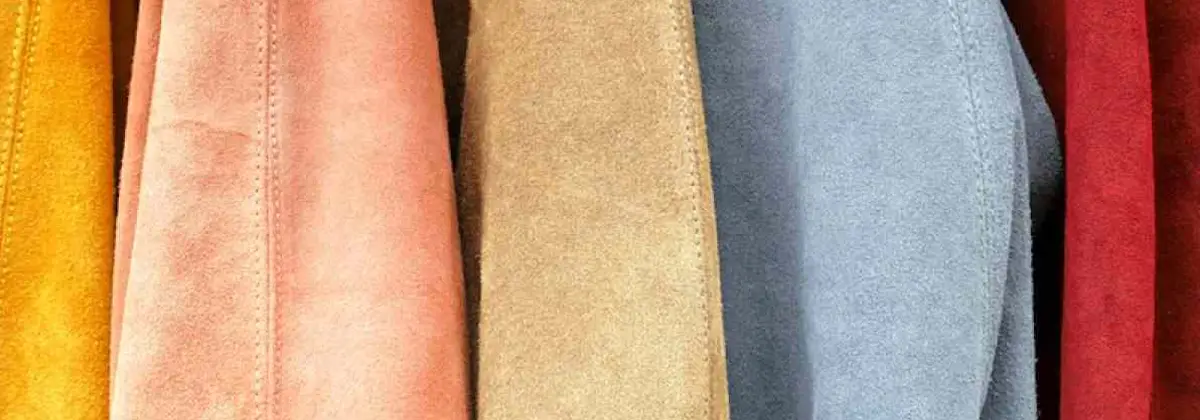
Suede is gaining popularity due to its versatile nature. It can be used for a range of applications, including upholstery, apparel, and accessories. Its soft texture makes it an ideal choice for jackets, hats, bags, and other clothing items. Upholstery-wise, suede provides a unique look and feel that many appreciate. It’s also a popular choice for furniture and curtains, as it offers a luxurious feel without the extra expense of genuine leather.
In addition to its decorative applications, suede is also used in industrial settings due to its durability and resistance to wear.[1]
How To Clean Velvet?
Velvet is a beautiful and luxurious fabric option, but it can be tricky to clean. To keep your velvet in pristine condition, make sure you never use water or any other liquid cleaners. Instead, dust off the surface of your fabrics with a lint roller or vacuum cleaner. You can also spot clean using a dry-cleaning solution or a mixture of isopropyl alcohol and water. Just remember to dab the solution onto the fabric gently instead of rubbing it in.
How To Clean Suede?
Suede is a delicate fabric that needs special care to stay looking its best. It’s important to clean your suede carefully and regularly to make sure it remains fresh and soft. Here are some tips on how to clean suede:
- Use a soft brush (like an old toothbrush) or a lint roller to remove any dirt or dust from your suede.
- If your suede is looking a little flat, you can use a soft cloth to lightly rub it in a circular motion to bring back the nap.
- Never machine wash or dry clean your suede – this will damage the fabric.
- If your suede gets wet, let it air dry naturally away from direct heat and sunlight.
- You can use a suede protector spray to help repel water and dirt – just make sure you test it on a hidden area of the fabric first.
- If your suede gets stained, take it to a professional leather cleaner for advice.[1]
How To Protect Velvet And Suede?
Taking care of both velvet and suede is essential for their longevity. Here are some useful tips:
- To protect velvet, avoid using water on it as much as possible. Dust and dirt can be removed with a vacuum cleaner or soft brush. If stains need to be removed, either spot clean with a dry cleaning solution or take it to the drycleaner.
- For suede, use a soft brush or special suede brush to remove dirt and dust. Avoid getting the fabric wet as this will damage the material’s nap; however, if you must clean it, use a suede cleaning solution and follow instructions carefully. It’s also important to waterproof your suede regularly, so take it to a professional for this process.[2]
Comparison Of Suede And Velvet Leather
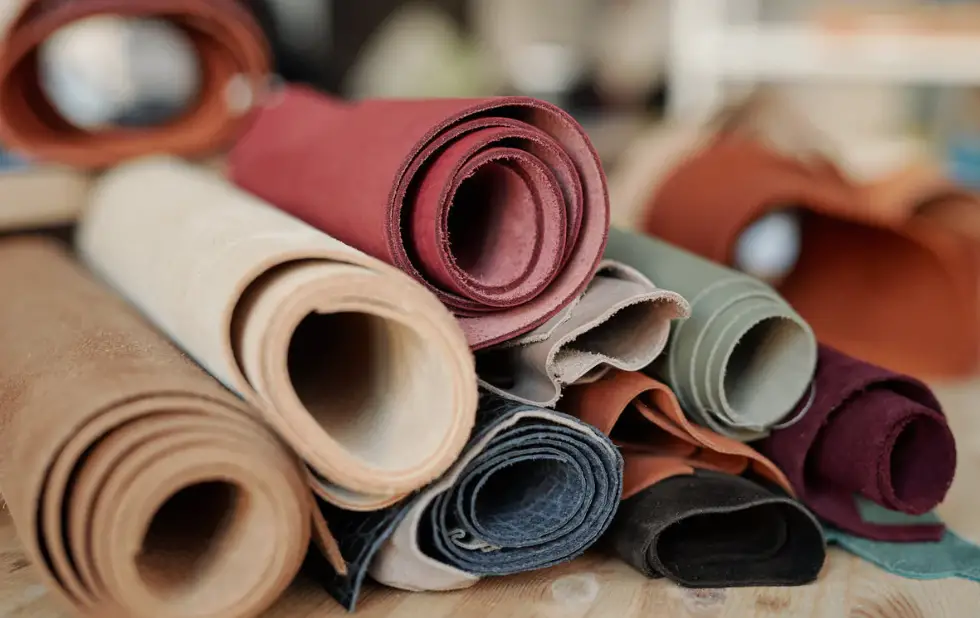
When comparing suede and velvet leather, there are some key differences that you should be aware of. While they have a lot in common – both are soft to the touch, highly durable and make great fabrics for upholstery, apparel and accessories – each material has distinct characteristics worth noting.
Suede is made from the underside of a hide, usually from lamb or calf. It is composed of the very fine fibers which make it extremely soft and pliable. The texture can range from smooth to fuzzy, depending on how it’s been treated during production. Suede has natural resistance to water and dirt, although it does require regular maintenance to keep it looking its best. It is often used for making shoes, bags and jackets.[1]
Caring For Suede And Velvet Leather
Caring for velvet and suede leather pieces can be challenging, as they require different techniques to ensure they stay looking good.
When it comes to storing suede and velvet leather items, space is key. To avoid unsightly creases and wrinkles, make sure you store them in a dry area that allows air circulation — and try to avoid storing them in a plastic bag.
For suede, brushing the fabric with a special brush or rubber eraser is essential for maintaining its softness and color. When it comes to cleaning suede leather, use only water-based cleaners specifically designed for this material and dab it on gently. Be sure not to rub too hard or the material could be damaged.
For velvet leather, vacuuming is a great way to remove dust and dirt particles that may have accumulated on its surface. Avoid using any water-based cleaner as this could damage the pile of the fabric. Use only special cleaners designed for velvet, which are usually dry cleaning products.[2]
When Should You Choose Suede?
Suede is a great choice for clothing, shoes and bags. Its velvety surface makes it comfortable to wear, and its durability means that it’s an ideal fabric for footwear that needs to withstand regular use. Suede is also more affordable than velvet and comes in a variety of different colors.
When Should You Choose Velvet?
If you’re looking for a luxurious and timeless fabric, velvet is an excellent choice. It makes a perfect statement piece in any room because of its beautiful texture and depth of color. Velvet also has the advantage being incredibly durable, so it can last for many years to come.
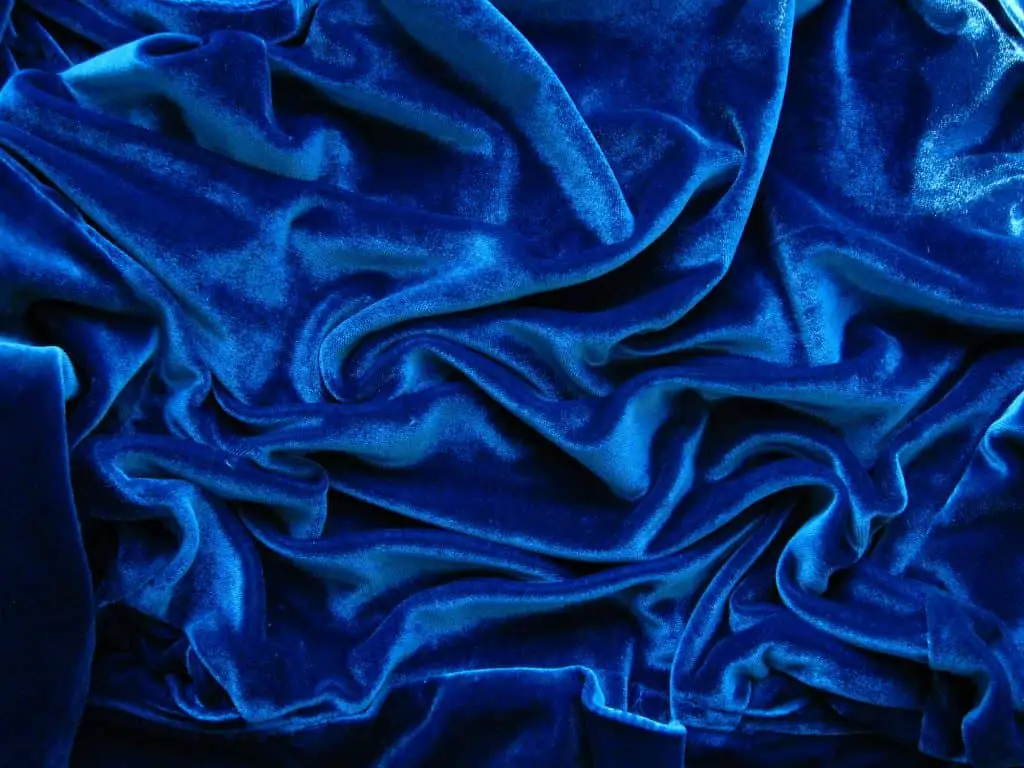
Velvet is especially ideal for upholstery projects, as it can help to absorb sound and add a comfortable thickness to any piece of furniture. It also works well for curtains or drapes, adding a bit of texture and warmth that makes any window feel homey and inviting.[1]
Why Do Most People Love Suede?
Most people love suede because of its soft, velvety texture and beautiful appearance. It is a luxurious fabric that provides an elegant look to your outfit without the need for any embellishments. Its classic color palette makes it easy to match up with other pieces of clothing in your wardrobe. Plus, suede has a great ability to repel dirt, dust, and water. It’s a great option for those who are looking for something that will last for years without fading or ruining easily.[1]
Why Do Most People Love Velvets?
Velvets are a popular choice in the world of home decor and fashion. They come in an array of colors, textures, and patterns, making them the perfect fabric for any application. Plus, they’re incredibly soft and luxurious on the touch – making them an easy favorite among people everywhere. Velvets also have a unique sheen that makes them stand out from other fabrics.[2]
How To Spot The Good, The Bad, And The Ugly?
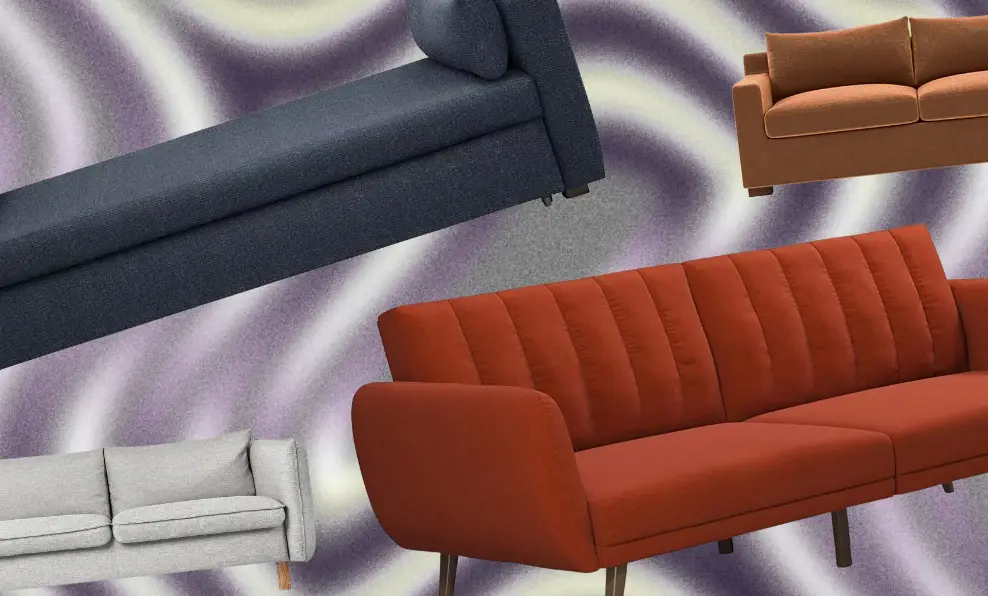
When it comes to buying suede or velvet, you want to make sure you’re getting good quality. Here are a few tips on how to spot the good, the bad and the ugly:
- Start by looking at the surface of each fabric. Velvet should have an even, velvety texture while suede should be smooth, but with a slight texture.
- Pay attention to the fabric’s weight and thickness. Generally, velvet should be slightly thicker than suede because it is made from heavier fabrics. But if you’re buying velvet for upholstery or clothing, look for something lightweight and soft.
- Check how well the fabric wears over time. Suede is a delicate fabric and can easily be damaged, so look for suede with a strong finish that is resistant to scratches and scuffs. Velvet, on the other hand, should have an even texture and color when stretched or pulled.
- Look at the fibers used in each fabric. Velvet typically has thicker fibers than suede, giving it a more luxurious feel. Suede usually has thinner fibers, which provide a softer, velvety texture.
- Make sure to check both fabrics for any signs of wear or damage before buying.[1]
FAQ
Is Suede The Same As Velvet?
No. Suede and velvet are two very different materials. While they may both look and feel plush and luxurious, there are some key differences you should be aware of when deciding which one is best for your project or product.
Which Is Better: Suede Or Velvet?
It really depends on the project or product you’re using it for. Both suede and velvet are beautiful fabrics, so it really boils down to personal preference and what you need in terms of performance. Suede is usually less expensive than velvet, but that doesn’t necessarily mean it’s better. Here are some of the differences between suede and velvet to help you decide which one is best for your project.
Is Velvet A Type Of Leather?
No, velvet is not a type of leather. Velvet is a soft, plush fabric made from cotton, silk or synthetic fibers that are woven together to create an even surface. Suede, on the other hand, is a type of leather that has been sanded down and buffed to give it a softer texture.
Is Velvet A Cheap Material?
No, velvet is not necessarily a cheap material. Depending on the type of velvet you choose and where it’s made, the cost can range from quite affordable to quite expensive.
What Is Velvet Made Of?
Velvet is typically made from cotton, silk or synthetic fibers that are woven together to create an even surface.
What Is 100% Velvet Made Of?
100% velvet is usually made of cotton, silk or synthetic fibers that are woven together to create an even surface. The quality of the fabric will depend on which type of fibers and how they were woven together.
Is Real Velvet Expensive?
The cost of real velvet depends on the type and quality of the fabric. Generally, velvet is considered to be a luxurious material that comes with a higher price tag than other fabrics but is still considered affordable when compared to some other fabrics.
Is Velvet Good For Winter?
Yes, velvet is a good fabric for winter. It’s warm, soft and very comfortable to wear.
Useful Video: The differences between suede and nubuck leathers
Conclusion
When it comes to choosing between velvet and suede, it all depends on your preference. Velvet has a luxurious look and feel that can bring elegance to any decor. It’s also easy to clean and maintain. On the other hand, suede has a more textured look that adds warmth and coziness to a room. It is also more durable and resistant to stains. Ultimately, it’s up to you to decide which fabric is better for your needs. Whichever one you choose, just remember that with proper care and maintenance, velvet and suede can both look great in your home for years to come. Thank you for reading!
References
- https://housepractical.com/differences-between-suede-velvet-velour/
- https://sewingiscool.com/suede-vs-velvet-difference/


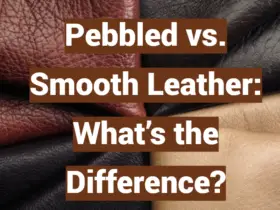
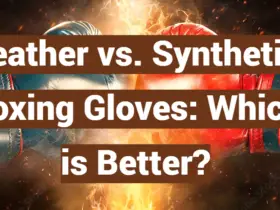
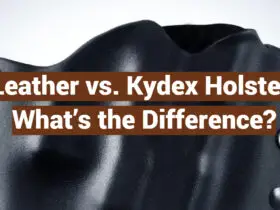
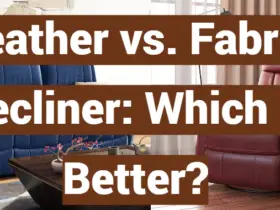

Leave a Reply